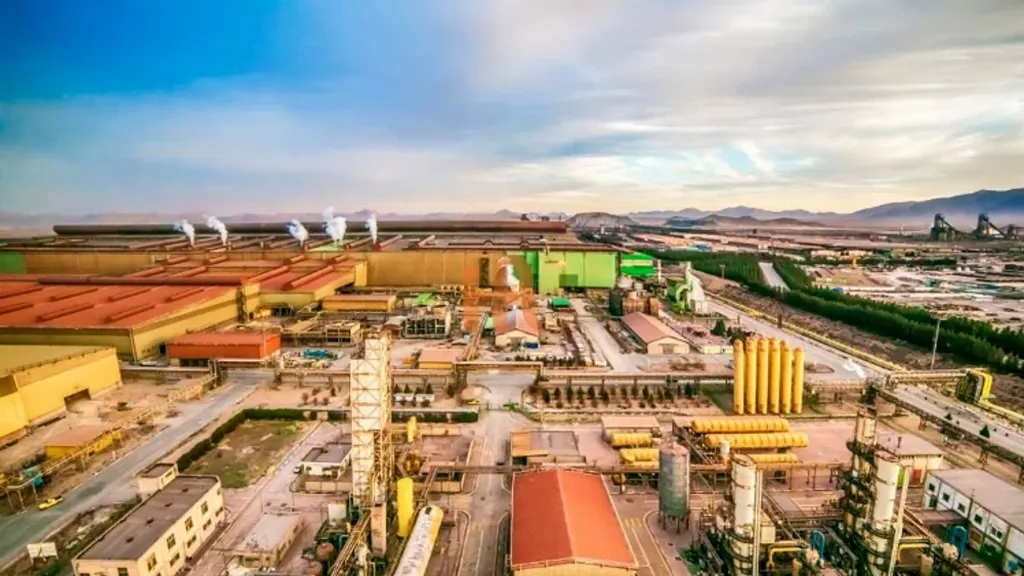In the shadow of the Caspian Sea, a groundbreaking study is reshaping our understanding of jet grouting in sandy soils, with significant implications for the energy sector. Mohsen Sabermahani, a researcher from the School of Civil Engineering at Iran University of Science and Technology, has led a field study that could revolutionize how we approach foundation work in saturated soils.
Jet grouting, a technique used to create solid columns of soil-cement for foundation support or underground barriers, is often affected by the presence of groundwater. Sabermahani’s study, published in *Case Studies in Construction Materials* (translated as *Studies in Construction Materials*), sheds new light on how soil saturation influences the performance of these columns.
The research team executed 11 full-scale jet grouting columns using a single-fluid system at a sandy site near the Caspian Sea. By varying injection pressure and rod lifting speed, they created columns with different jet energy levels, both above and below the groundwater table. The results were striking.
“We found that the maximum column diameter and treatment efficiency were observed in fully saturated sand,” Sabermahani explained. “There was an average 28% increase in diameter compared to columns in partially saturated sand.” This finding could significantly impact the energy sector, where foundation work often involves saturated soils.
The study also revealed that increased jet energy due to higher injection pressure improved volumetric efficiency at all saturation levels. However, a reduction in rod lifting speed had the opposite effect. “This is crucial for the energy sector, where efficient and cost-effective foundation solutions are paramount,” Sabermahani added.
Perhaps most notably, the researchers modified an existing empirical equation to account for a 20% discrepancy observed in the measured diameters in partially saturated sand. This adjustment could lead to more accurate predictions and better-designed foundations in the future.
The study also found that the uniaxial compressive strength (UCS) of core samples was 47% higher in partially saturated sand than in fully saturated sand. This finding could have significant implications for the design and construction of energy infrastructure, where soil strength is a critical factor.
As the energy sector continues to expand into challenging environments, this research provides valuable insights into the behavior of jet grouting columns in sandy soils. It offers a practical equation and iso-diameter curves to estimate column diameter based on jet energy and saturation levels, paving the way for more efficient and effective foundation solutions.
In the words of Sabermahani, “This study is a step towards more accurate and efficient foundation design in saturated soils, which is crucial for the energy sector.” As the industry continues to evolve, this research could shape future developments in the field, ensuring safer, more cost-effective, and more sustainable energy infrastructure.

